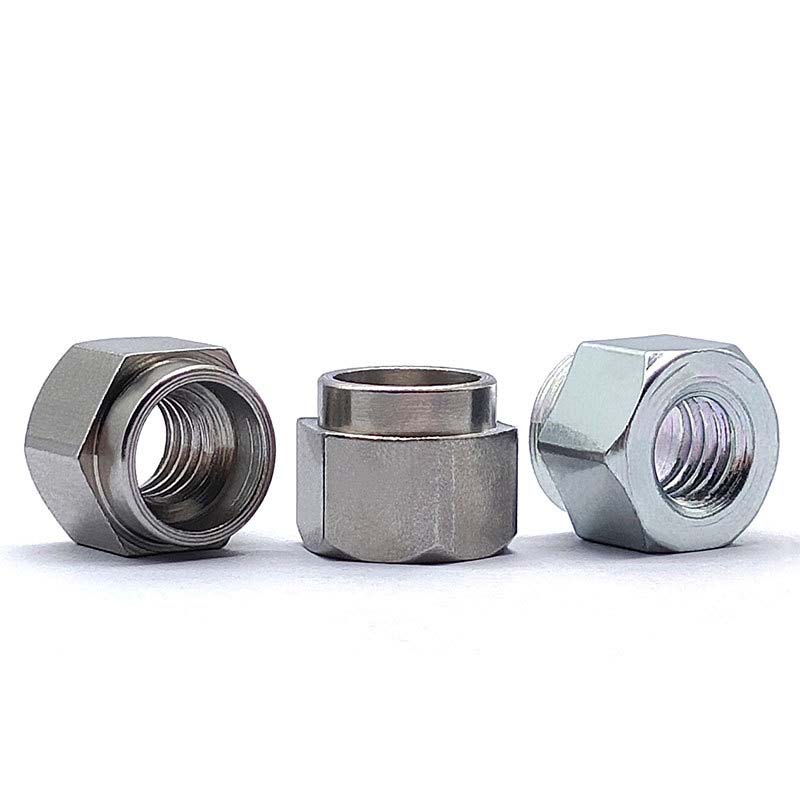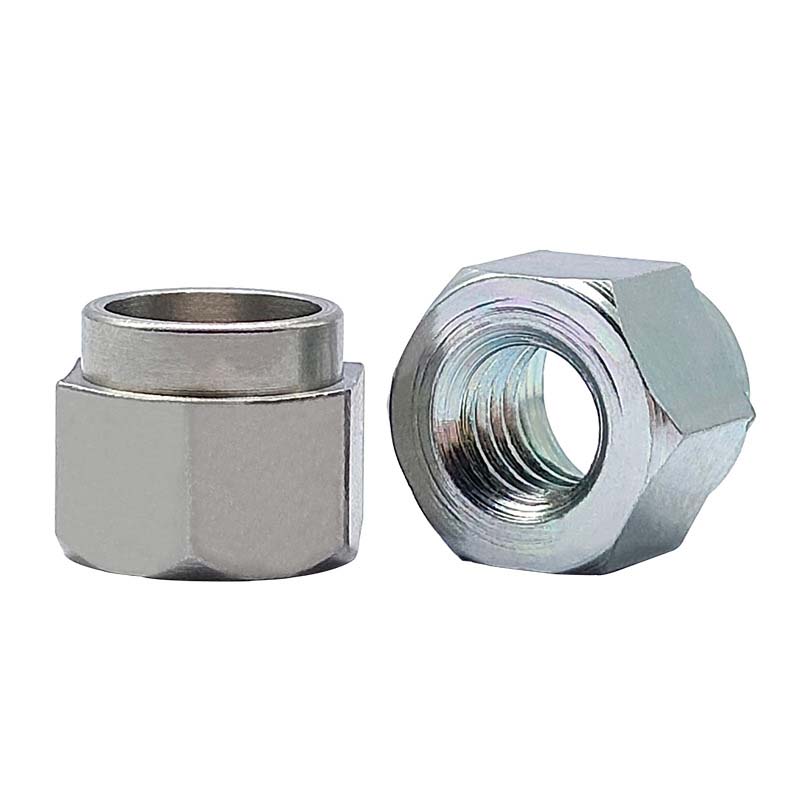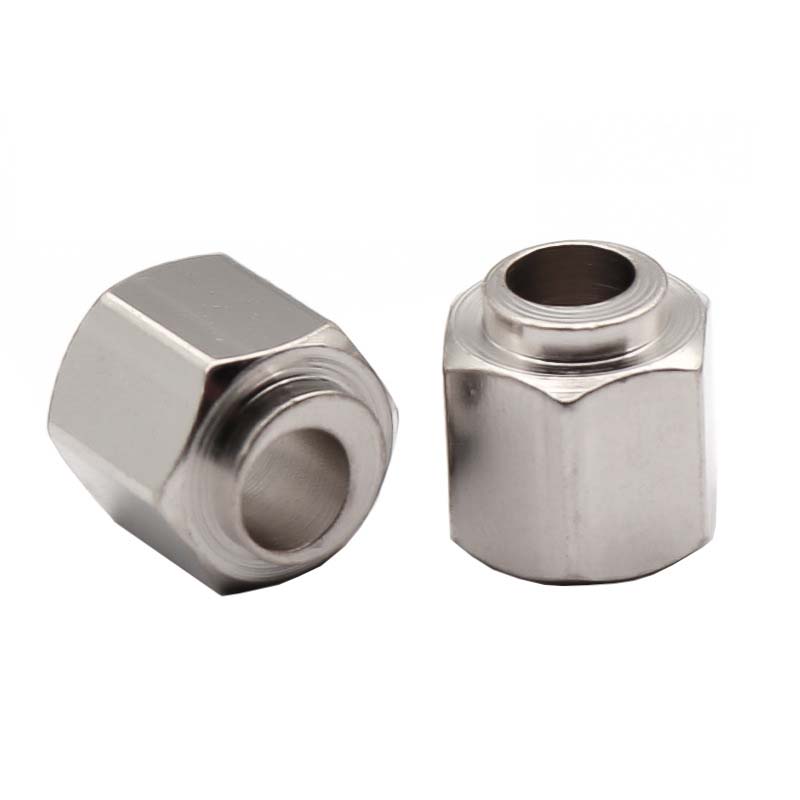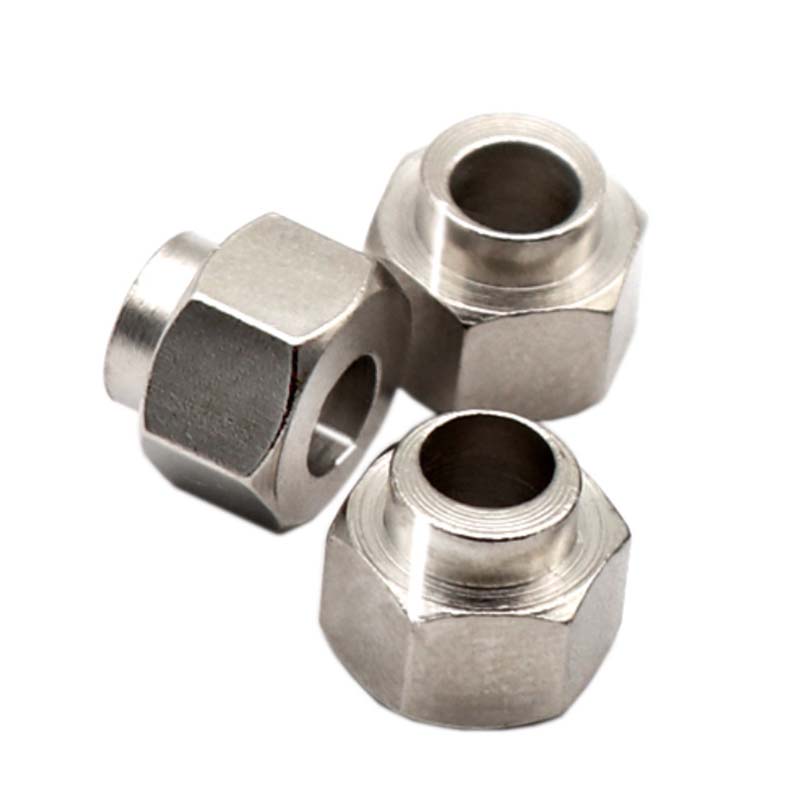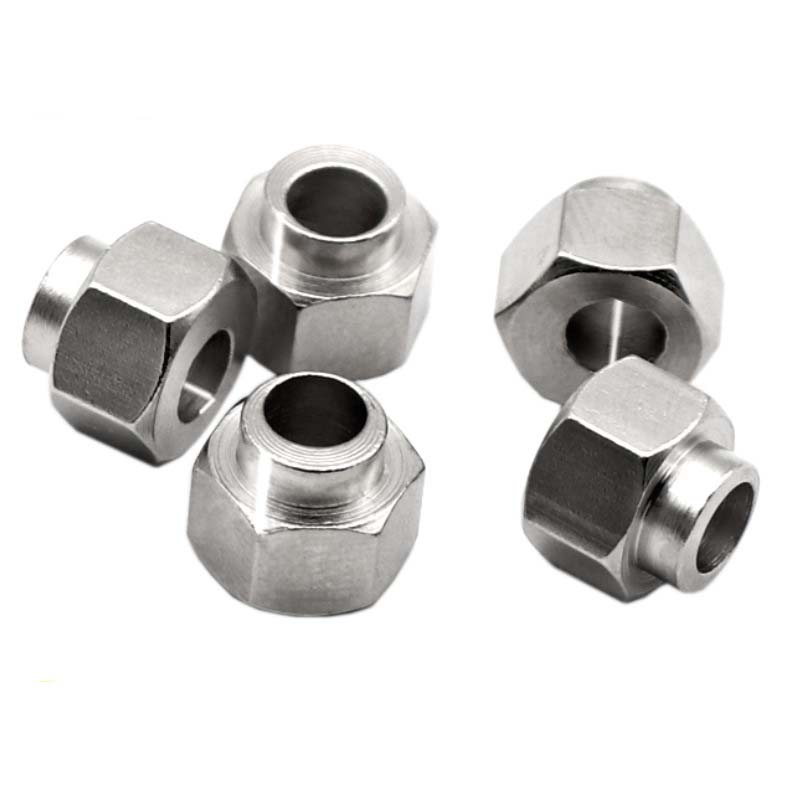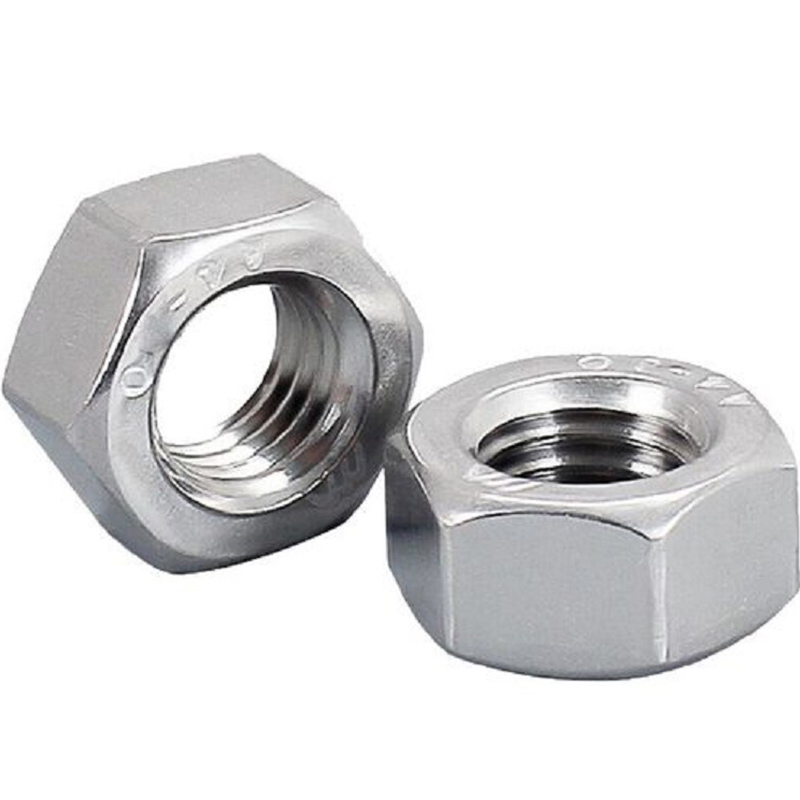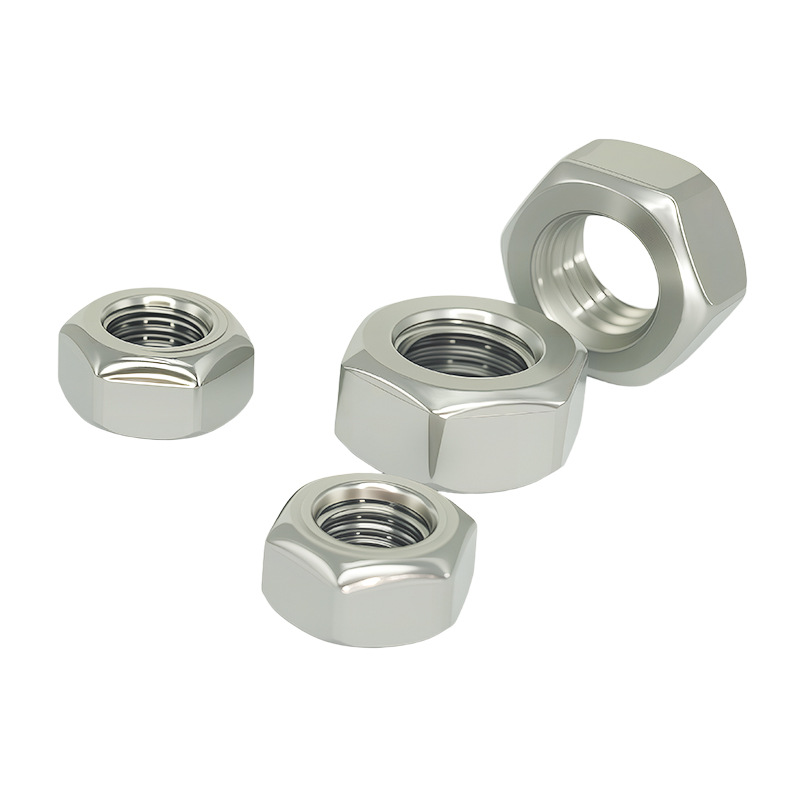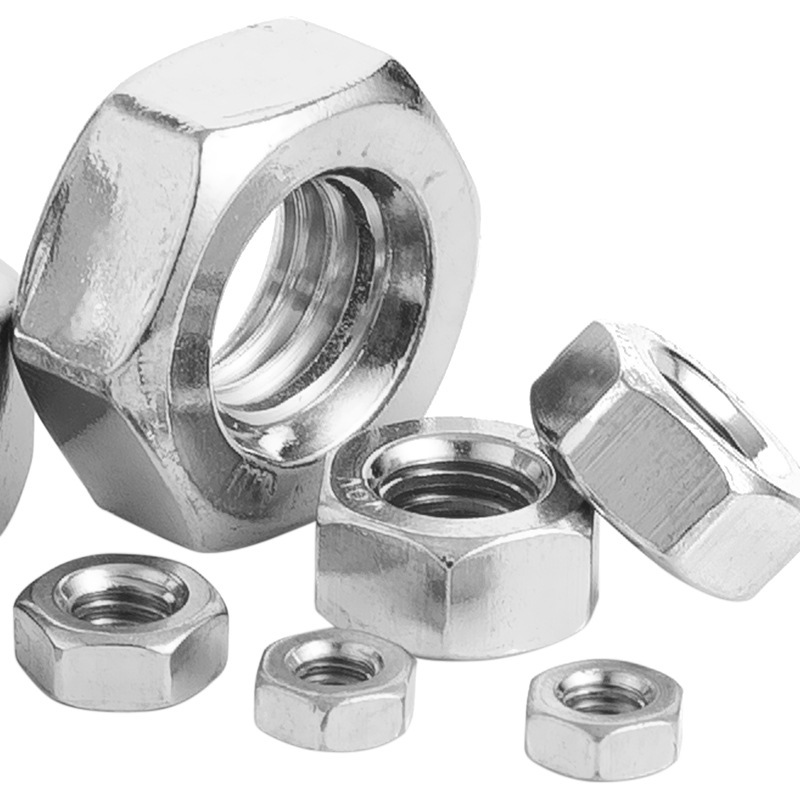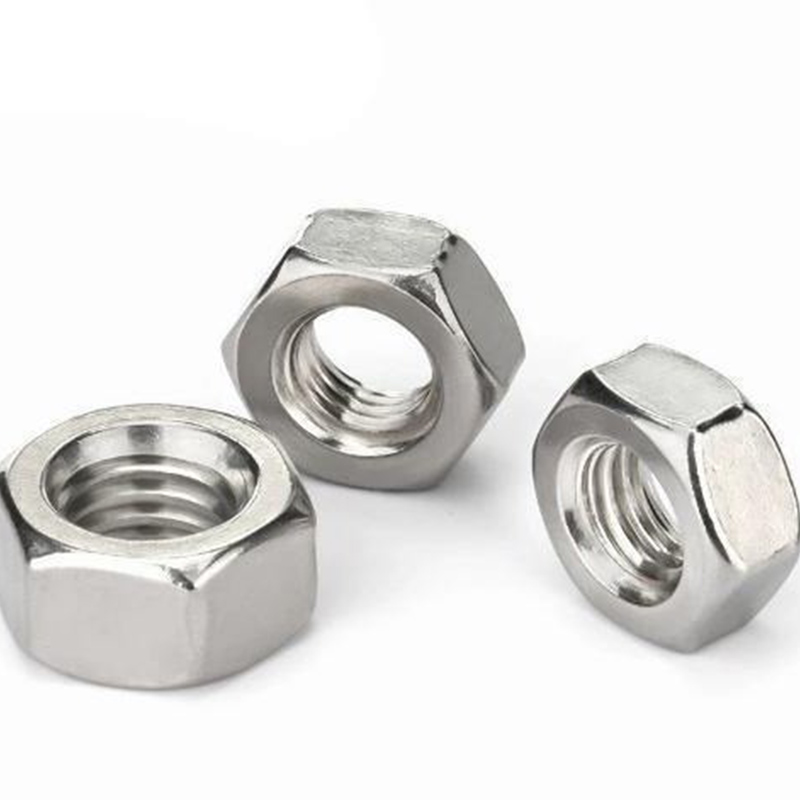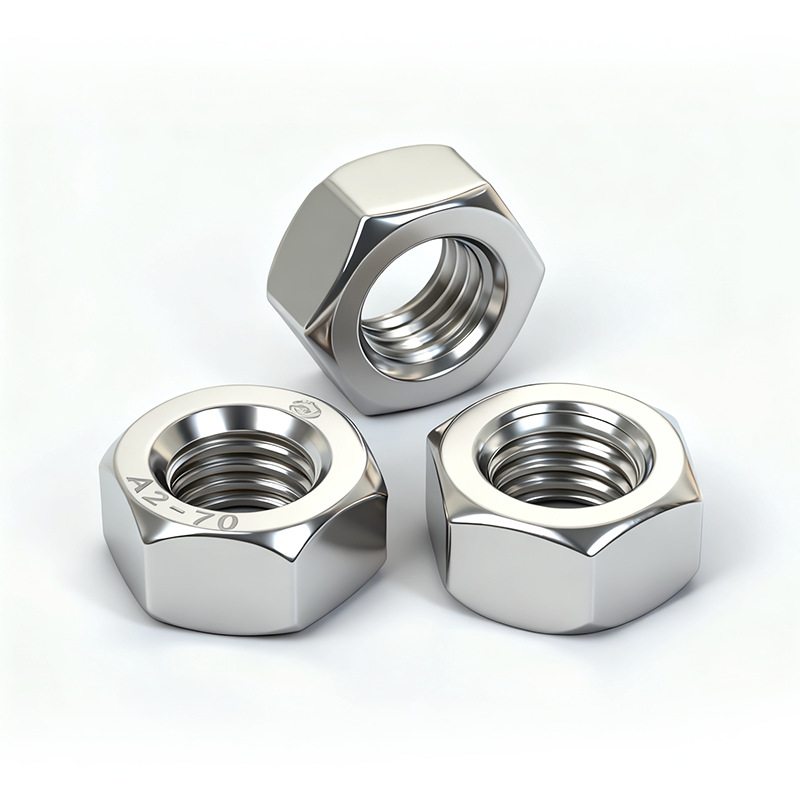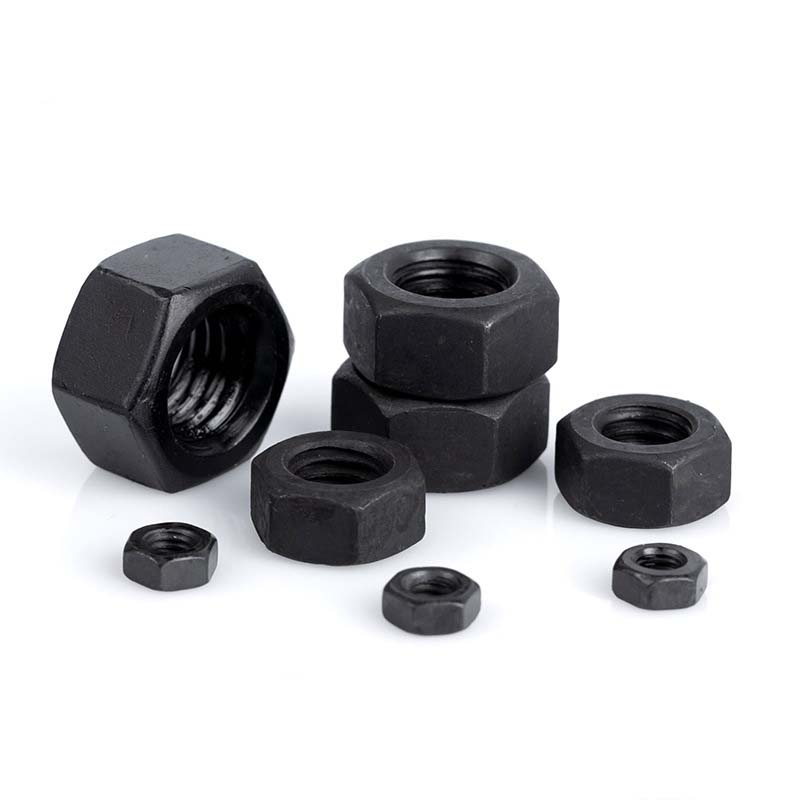Double Ferrule Nut
Send Inquiry
Double ferrule nut won't rust easily. That's because it's made from stainless steel, grades like A2 (304) or A4 (316). The ferrule nut handles rust, oxidation, and general wear pretty well, even in nasty spots,think saltwater areas, places with chemicals, or just being left outside.
Beyond just fighting rust, the stainless steel makes the ferrule nut strong and tough. It also stays looking cleaner and doesn't stain. If you're worried about corrosion, choosing this nut means it'll just keep working reliably for a long time. You won't have to sweat it breaking down or getting rusty over the years.
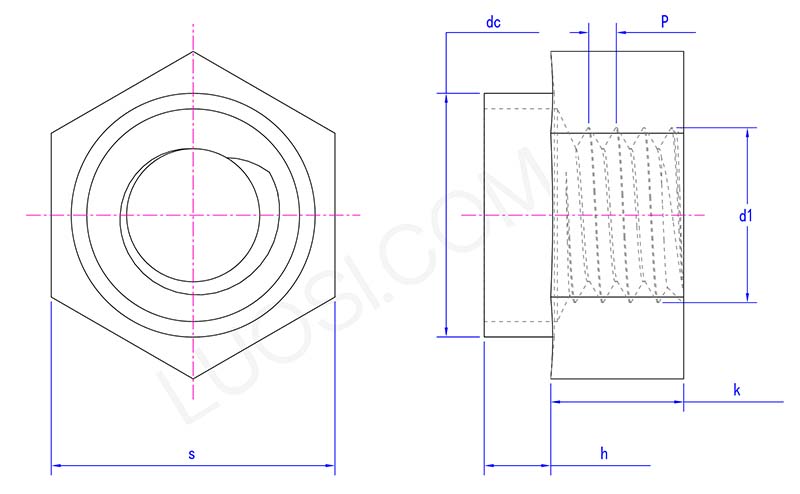
Mon
M3-1.5
M3-2
M4-1.5
M4-2
M4-3
M5-2
M5-3
M5-4
M6-3
M6-4
M6-5
P
0.5
0.5
0.7
0.7
0.7
0.8
0.8
0.8
1
1
1
d1
M3
M3
M4
M4
M4
M5
M5
M5
M6
M6
M6
dc max
4.98
4.98
5.98
5.98
5.98
7.95
7.95
7.95
8.98
8.98
8.98
h max
1.6
2.1
1.6
2.1
3.1
2.1
3.1
4.1
3.1
4.1
5.1
h min
1.4
1.9
1.4
1.9
2.9
1.9
2.9
3.9
2.9
3.9
4.9
k max
3.25
3.25
4.25
4.25
4.25
5.25
5.25
5.25
6.25
6.25
6.25
k min
2.75
2.75
3.75
3.75
3.75
4.75
4.75
4.75
5.75
5.75
5.75
s max
6.25
6.25
7.25
7.25
7.25
9.25
9.25
9.25
10.25
10.25
10.25
s min
5.75
5.75
6.75
6.75
6.75
8.75
8.75
8.75
9.75
9.75
9.75
Applications and Benefits
These double ferrule nuts are used a lot in sheet metal work, enclosures, panels, machinery, and vehicles. They’re great for when you need strong, reliable threads on thin materials or on the backside of something you can’t reach from both sides.
You’ll often see them holding parts together in electrical cabinets, HVAC systems, car bodies, trailers, boat hardware, and outdoor structures that get hit by the weather. What’s nice is they work well in tight spots where you can’t get to both sides, and they’re tough against vibrations, rust, and pulling through the material. Whether it’s for a machine that shakes or a part that’s outside, these nuts hold up without any problems.
Stable installation
To use this double ferrule nut, you only need to access one side. First, stick it into a pre-drilled hole. Then, grab a standard rivet gun with a pulling mandrel,when you pull the stem, the rivet body expands. That makes it clamp tight against the backside of the material.
This ends up creating a permanent threaded anchor that won’t vibrate loose. It’s perfect for sheet metal or panels. Just drill the hole, pop the nut in, pull the gun, and it locks in place on the backside without needing access from both sides.


